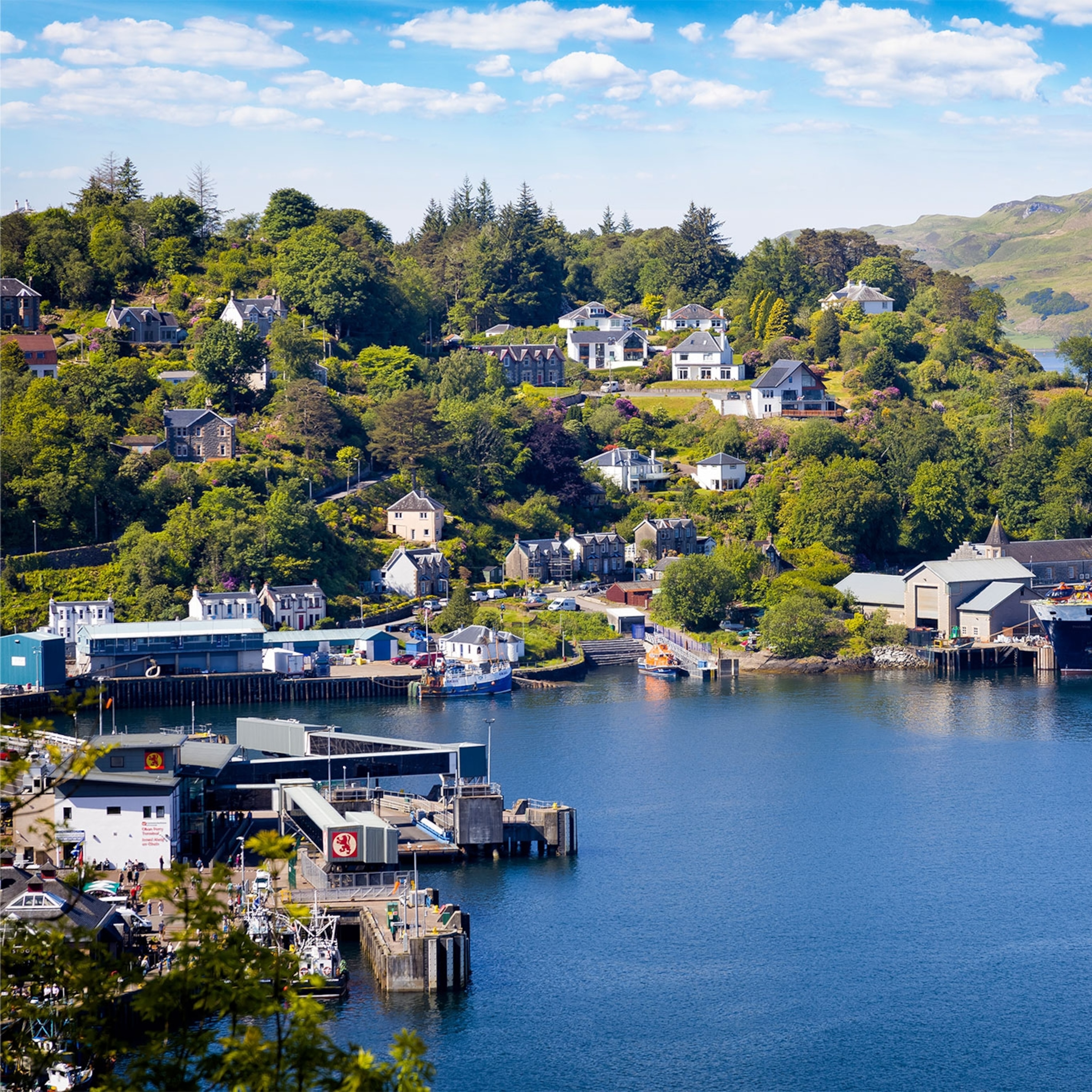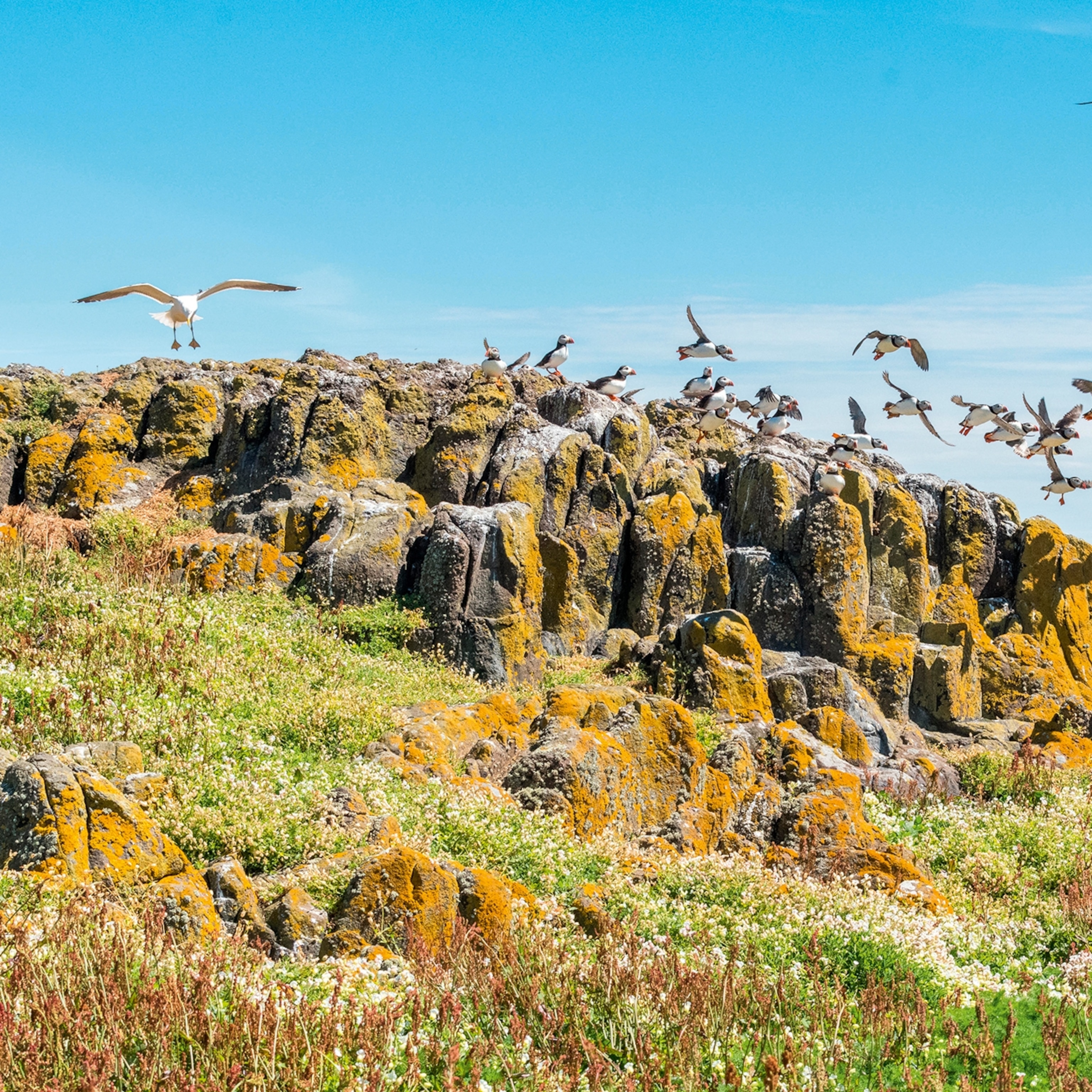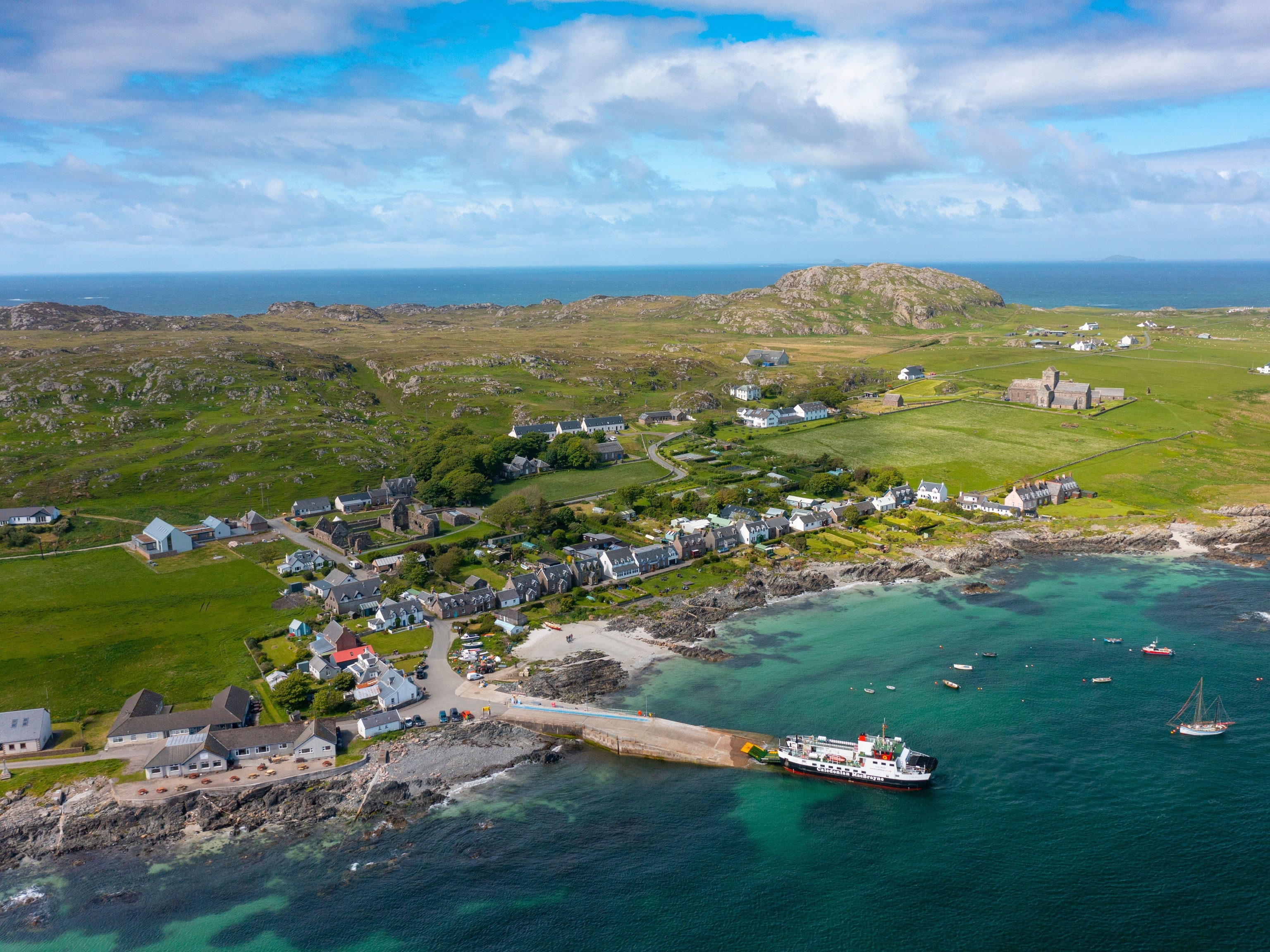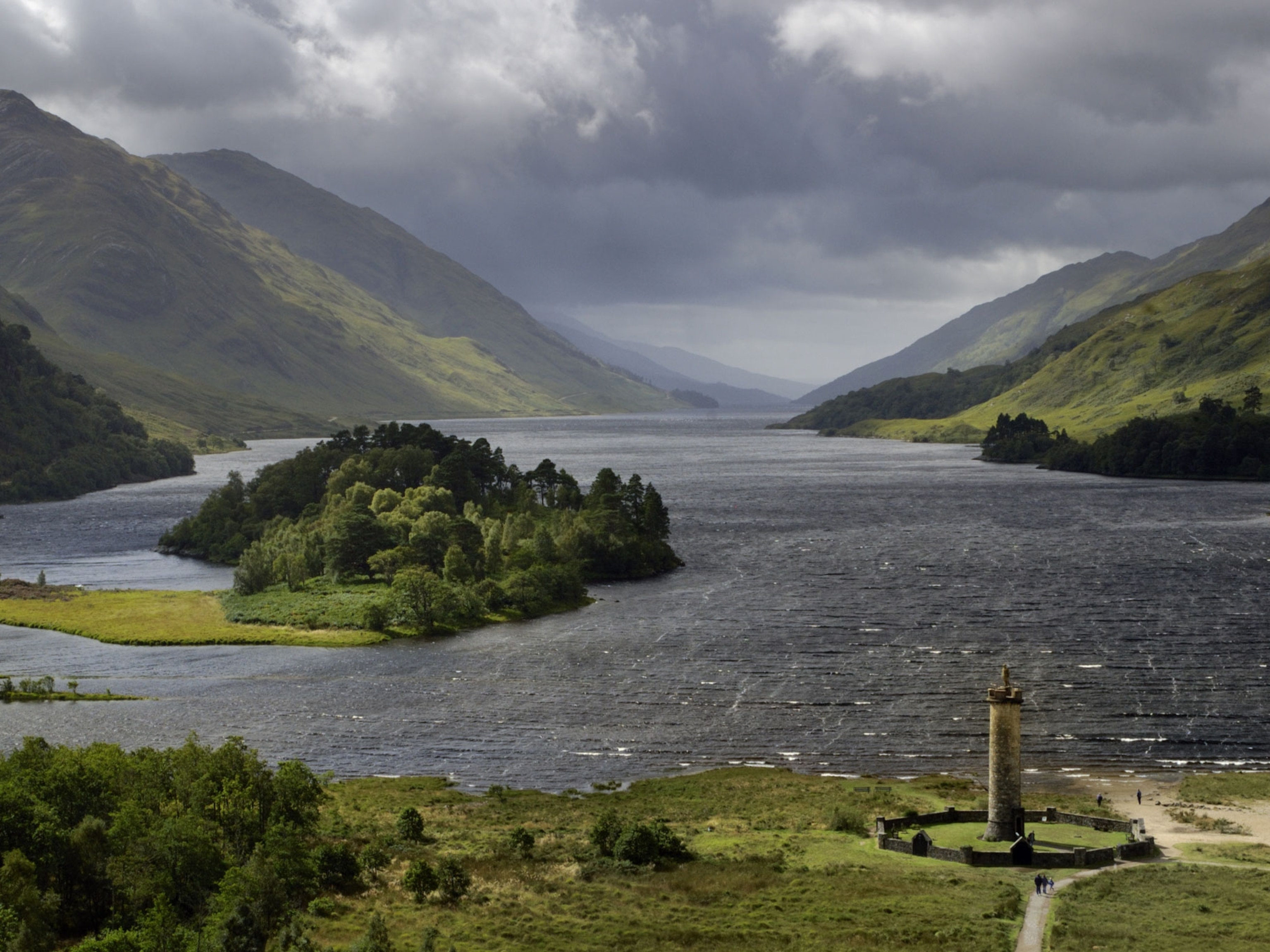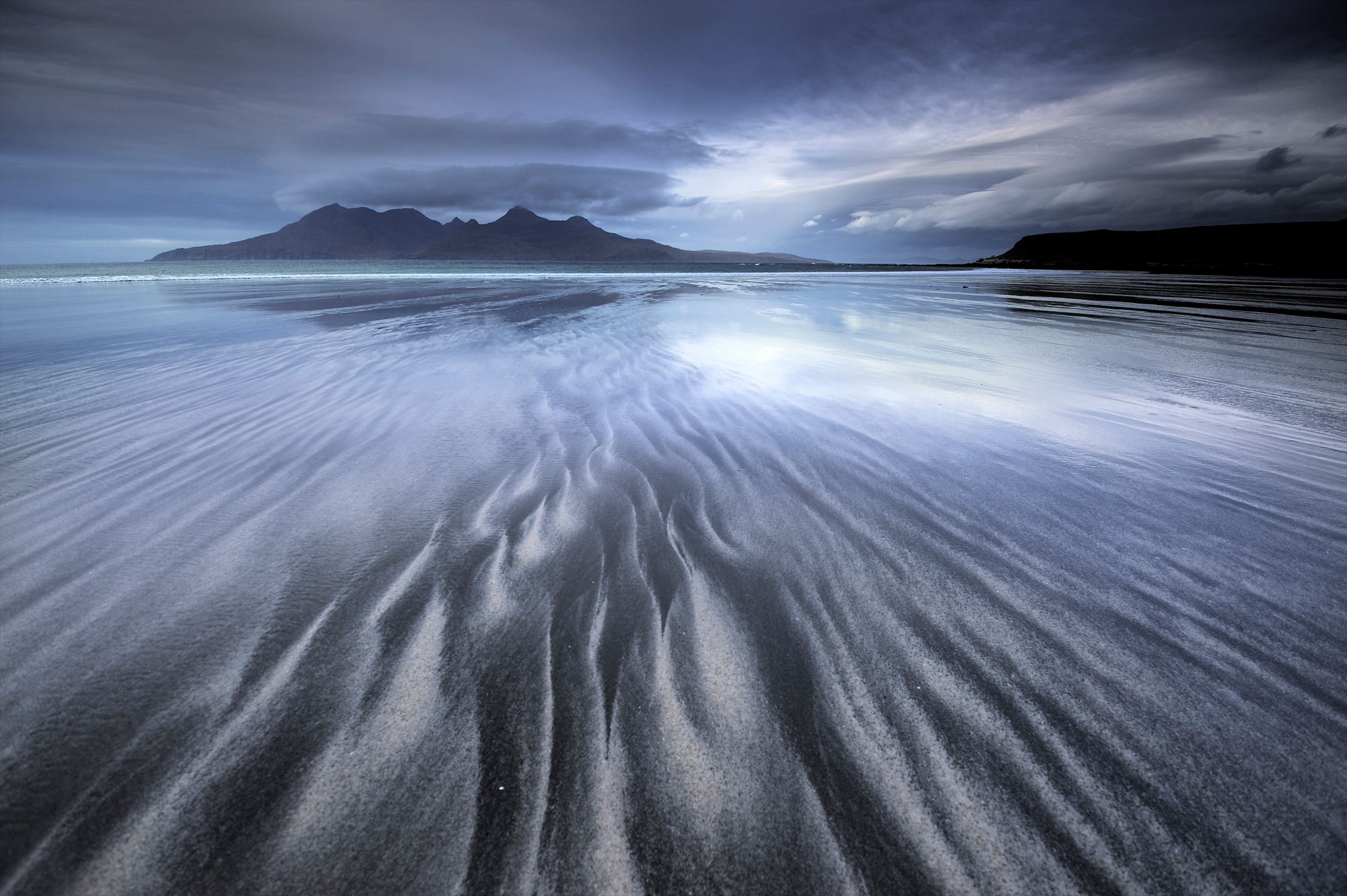
Scotland’s unique coasts and waters
National Geographic photographer Jim Richardson finds the wild landscapes of Scotland poetic and inspiring.
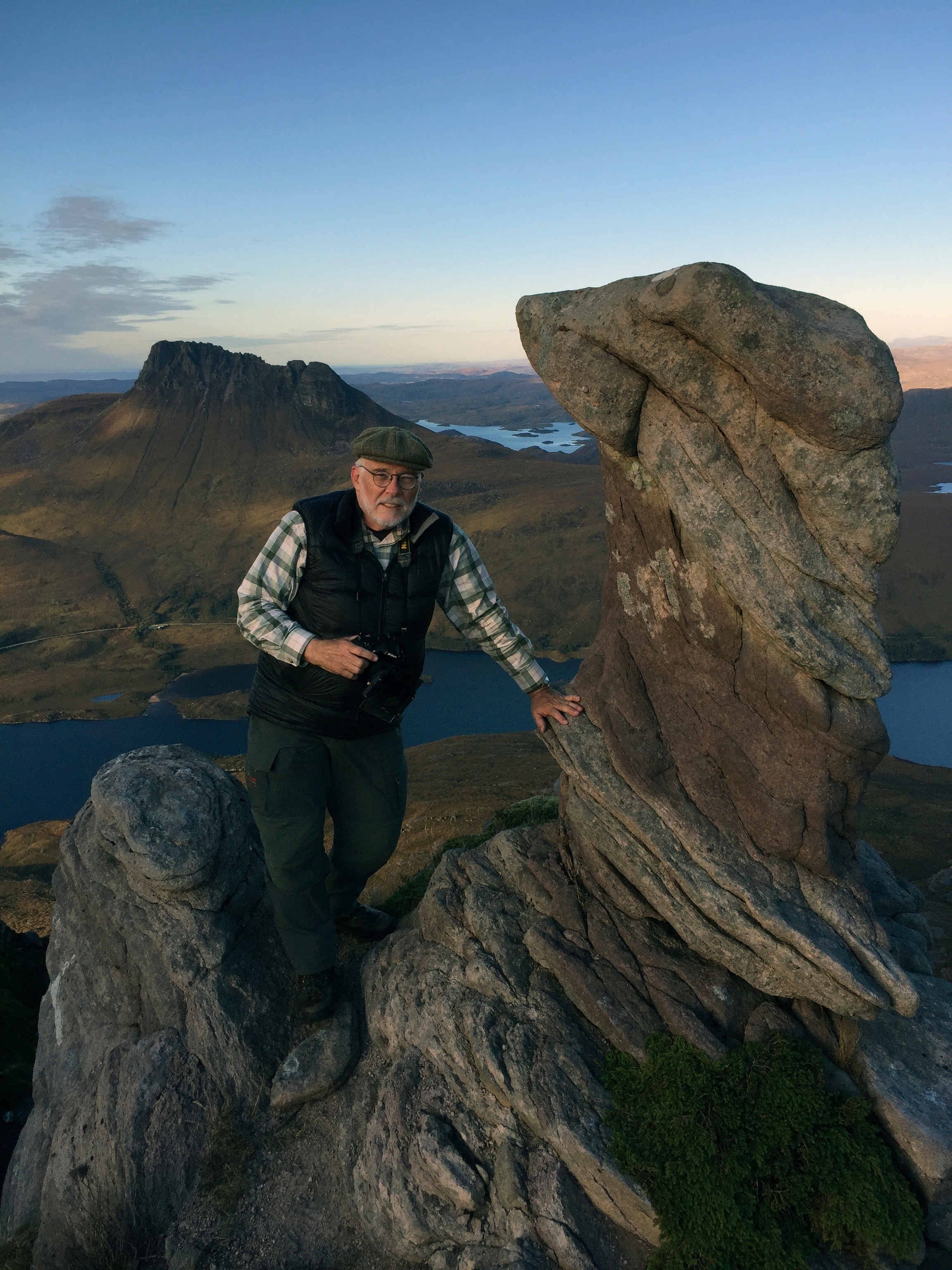
The purpose of Jim Richardson’s first visit to Scotland was to create a photo essay for National Geographic—a prospect, he admits, that terrified him at the time. “I was a complete novice—I probably couldn’t have found Glasgow with a map,” he says, chuckling at the memory. “I thought for sure the magazine would figure out that I didn’t know what I was doing, and that would be the end of my career.”
Jim is happy to have been proven wrong; in fact, if anything, the intervening years have seen his career almost defined by his annual trips to Scotland.
“That trip was overwhelming. Even though Scotland is only slightly larger than my home state of Kansas, there’s this incredible diversity and history, added to this geographic complexity and splendor,” he says. “These days, it makes up a big part of my life.”
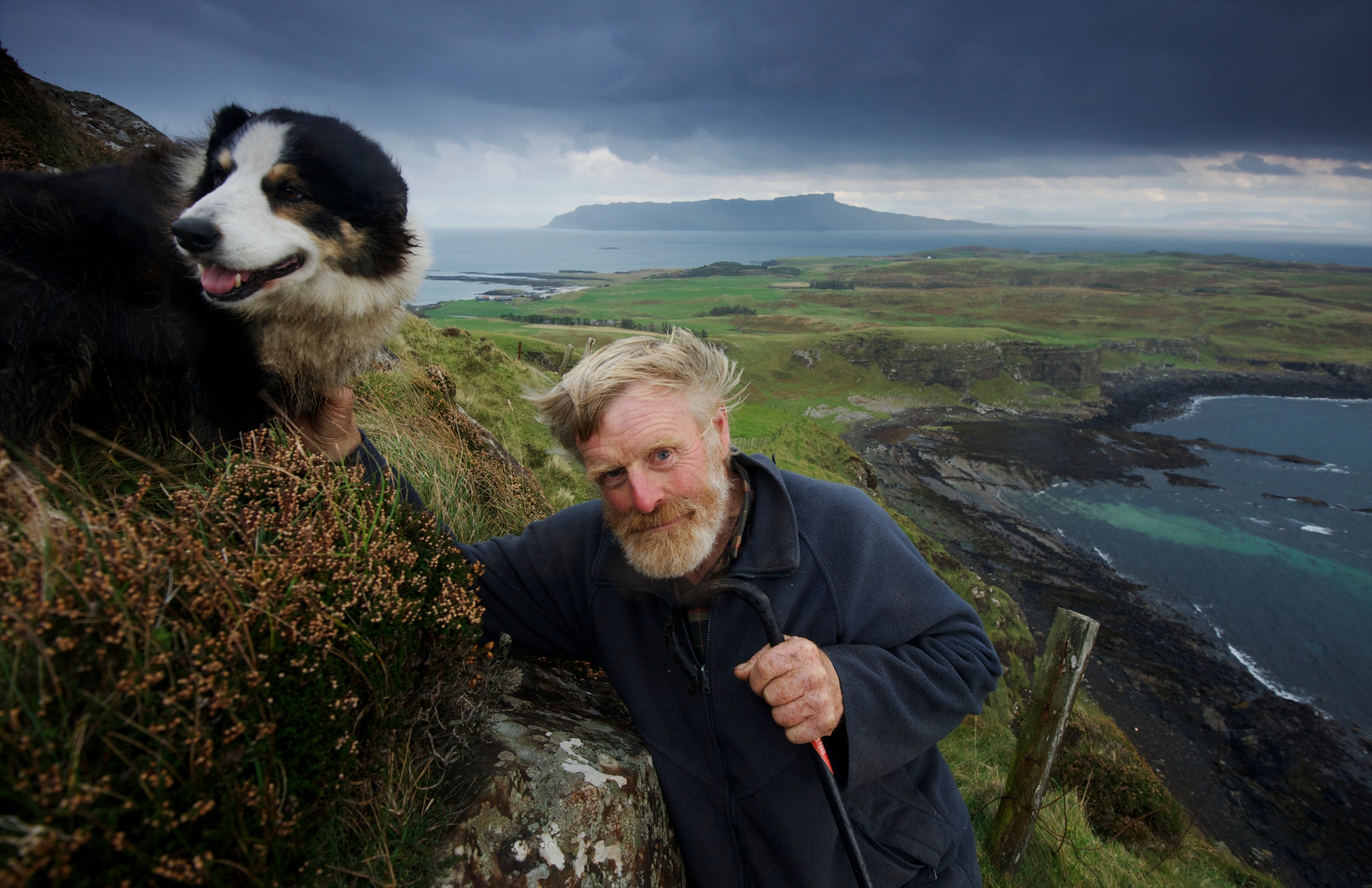
As a frequent visitor, Jim is, of course, familiar with Scotland’s most popular destinations, but it’s the islands and remote coastal regions that keep him coming back.
Jim says he’s particularly fond of life on Scotland’s ragged fringes, where, over the years, he’s met a number of characters who are content to “make up their lives as they go along”. This includes those who have dedicated themselves to living often challenging existences on Scotland’s far-flung islands.

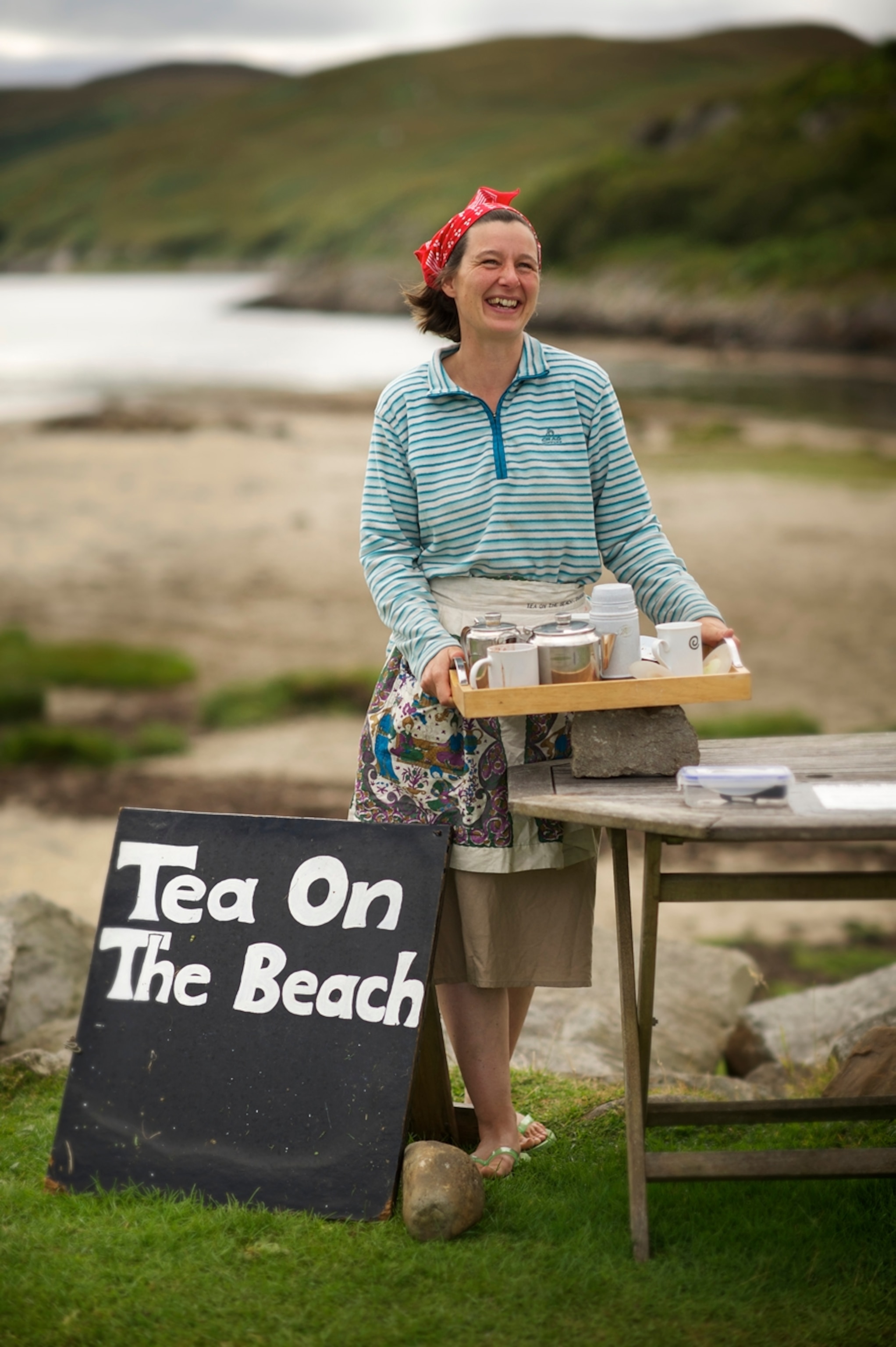
“I find the further out I go, the more bracing it is,” he explains. “I find myself wanting to go to places like Lewis and Harris, the Fair Isle, Orkney... I want to meet those people and hear their stories.”
Jim has visited parts of Scotland that few natives will have visited. Among them are St Kilda, the remotest of the Outer Hebrides, which was abandoned in 1930 but has been a UNESCO World Heritage Site for over 30 years.

It’s places like this, sculpted by wind and water, that Jim says he finds most irresistible. “There are these stalwart cliffs out there being battered by the Atlantic for millennia, yet somehow holding out in spite of it all,” he says. One particularly epic night at St Kilda left a lasting impression on him. “That evening we had just a few minutes of sunshine out at Boreray, and tens of thousands of gannets came flying out to us—a moment of elation, where I thought I was going to fail and suddenly they saved me,” he recalls.
Somewhere a little less wild but no less beautiful has captured Jim’s imagination: Loch Oich, in the Highlands between Loch Ness and Loch Lochy. “ There is a fine little quay underneath the spreading branches of a large tree down on the shore at the Glengarry Castle Hotel,” he explains. “On a calm evening, it’s a delightful view, romantic and serene, with mists sliding down the hill on the far bank. It’s just one moment at one spot, but it encapsulates, for me, why Scottish lochs are so alluring.
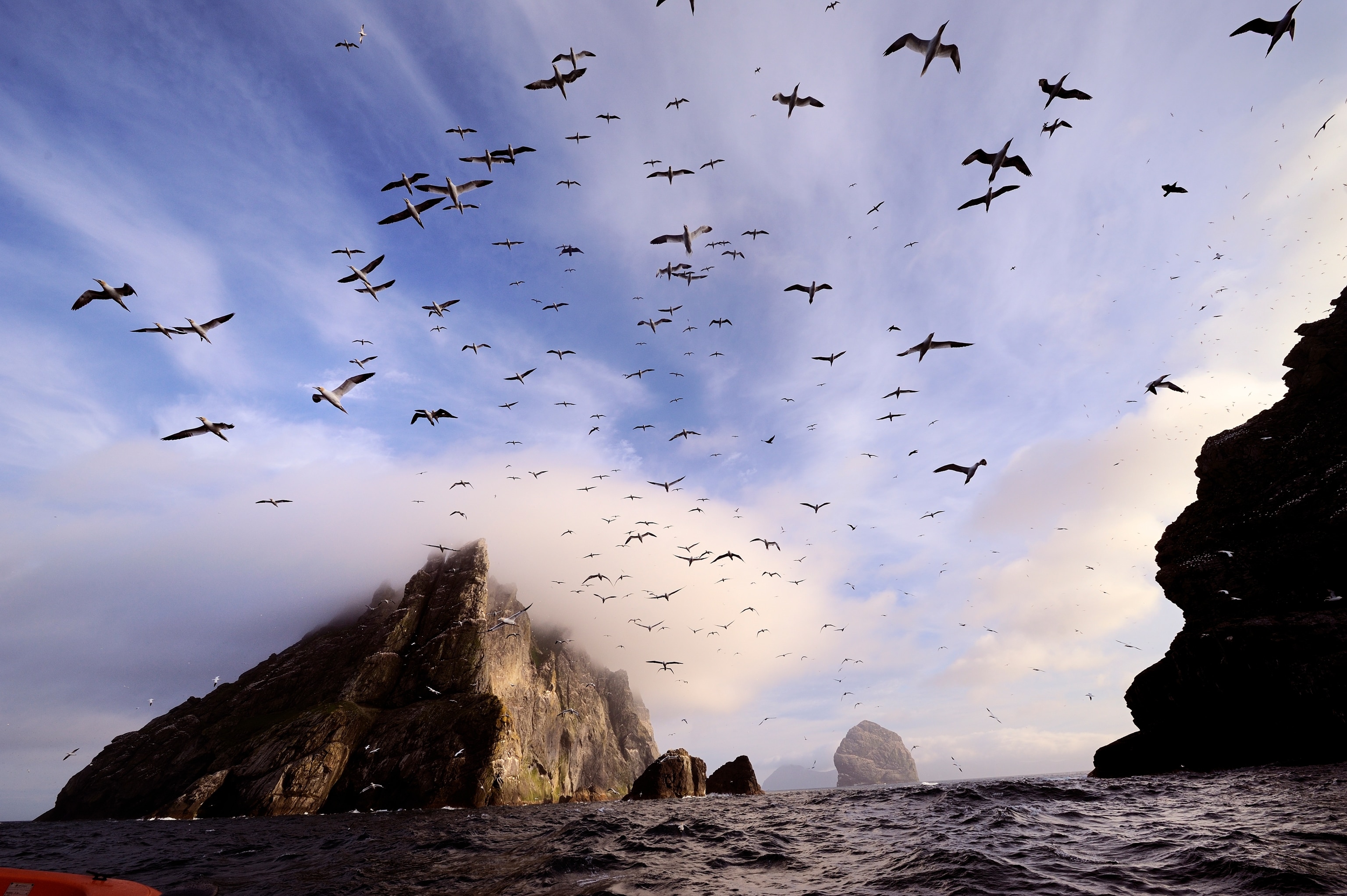
When discussing water and its transformative effects on the landscape of Scotland’s remote regions, Jim becomes poetic. “If you’re lucky enough to be there during one of the rains which come and go, where you look up at hillside that wasn’t there a few moments ago and now it’s come to life with water cascading, the whole mountain glistening — you understand in a visceral way how water makes the place,” he explains.
“Early on in Scotland I made many, many mistakes,” he continues. “Calling lochs ‘lakes’ being just one of many. More confusing was lochs and locks: to my ear they sound the same, despite being rather different things—one a body of water, the other a water gate in a canal. Then there is the not-too-well defined difference between a loch and a lochan. And then there’s firths versus sea lochs. It’s all evidence that knowledge of water in Scotland is a subtle talent.”

For Jim, there isn’t really such a thing as bad weather—it brings texture and magic happens in the unpredictability. As he puts it, “Throughout the day the weather can change so fast it can look like a time-lapse movie. People need to get out in it, enjoy it—embrace it and make a virtue of it. You can understand how water affects things in all kinds of ways: scientific, literary, emotional, but it’s when you see it with your own eyes that you really get a sense of how it changes the landscape. It’s defining.”
Even for a veteran National Geographic photographer like Jim, shooting Scotland’s landscape still presents challenges. He explains that he had to change his whole style, transplanting techniques from sports photography to cover the fast-shifting Scottish landscapes.
When Jim talks about weather patterns, his voice lifts. “You have these recurring cycles of life and geology and water,” he says. “They bring the landscape alive in a way that it might not be in other places. It’s the thing that I noticed the most—and it’s probably why I’m captivated when seeing those patterns of rain coming through.”
Jim speaks of veiled landscapes, transcendent moments, photographs taken over five minutes, others taken in a “micro instant”. Photos of water at work over time, and photos of water moving so quickly we can’t see it with the naked eye.

Jim’s advice for would-be photographers isn’t about gear or camera settings, but rather attitude. “Go with the idea that on your first trip, what you’re really looking for is what you’re going to come back to,” he says. “Go further afield than you thought.”
Coasts and waters
Jim Richardson’s images vividly capture Scotland’s hugely varied coastline and the inland waters which shape the country. In 2020, Scotland’s Year of Coasts and Waters celebrates these vital elements of the landscape.
